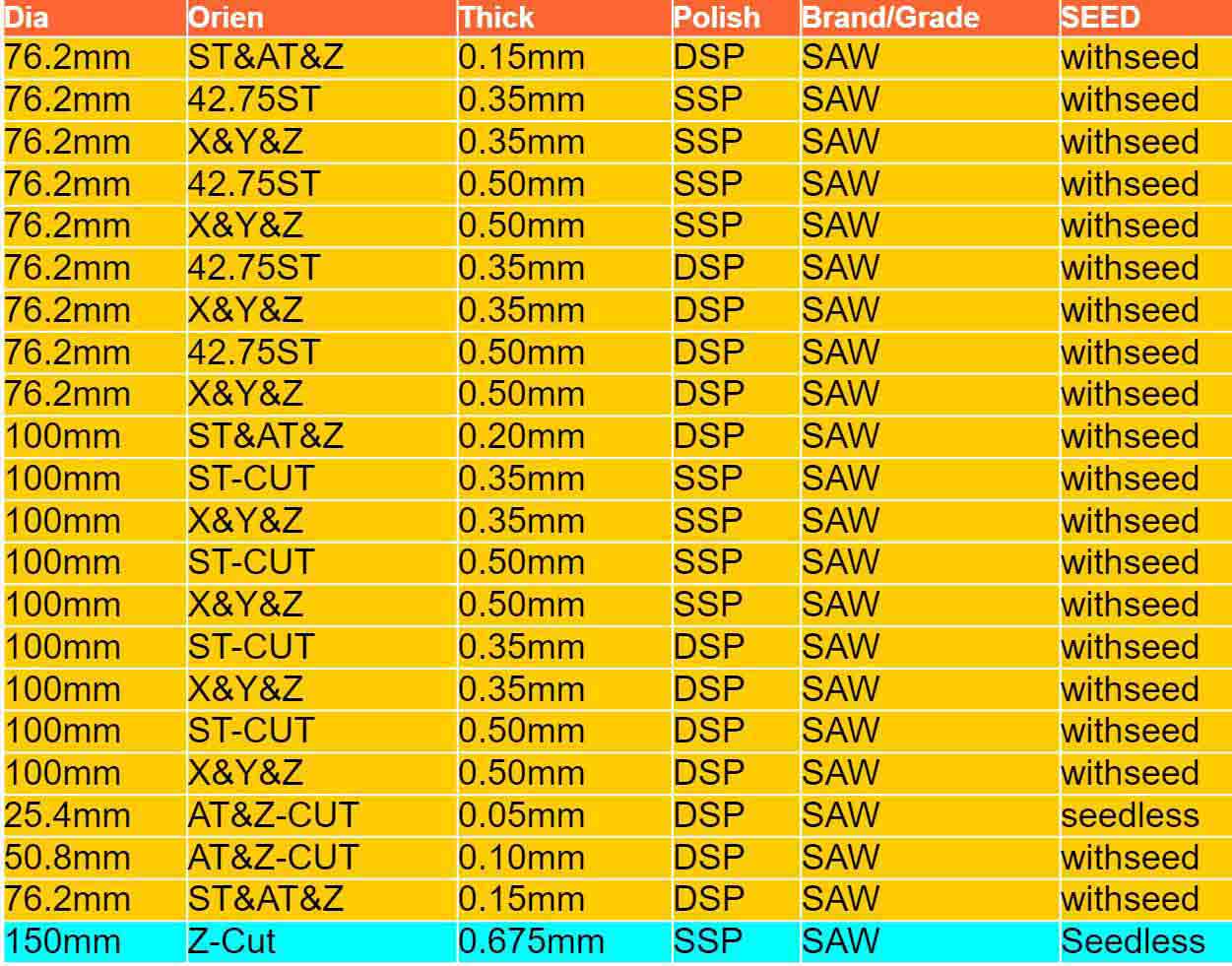I am trying to design a classroom experiment for my students and I wanted to use products as part of the setup.
- How do I know the resonant frequency of the Single Crystal Quartz Wafer?
- What is the excursion per volt of the same should I induce a voltage into the same.
What I am trying to build is a resonant circuit that with a pickup antenna, tunable capacitor and a crystal. I would prefer to have a resonant circuit at either 64MHz or 128MHz as those are the narrow band transmitters that I have at my disposal. the circuit that I have in mind would be a pick-up coil antenna in parallel with a tunable capacitor and both in parallel with your crystal.
_______________
| | |
| | / |
3 _|/_ /\
3 / | |
3 /| \/
| / | |
|______|________]
Any suggestions?
Finally do you have resources or suggestions where I could have a few of the same assembled?

